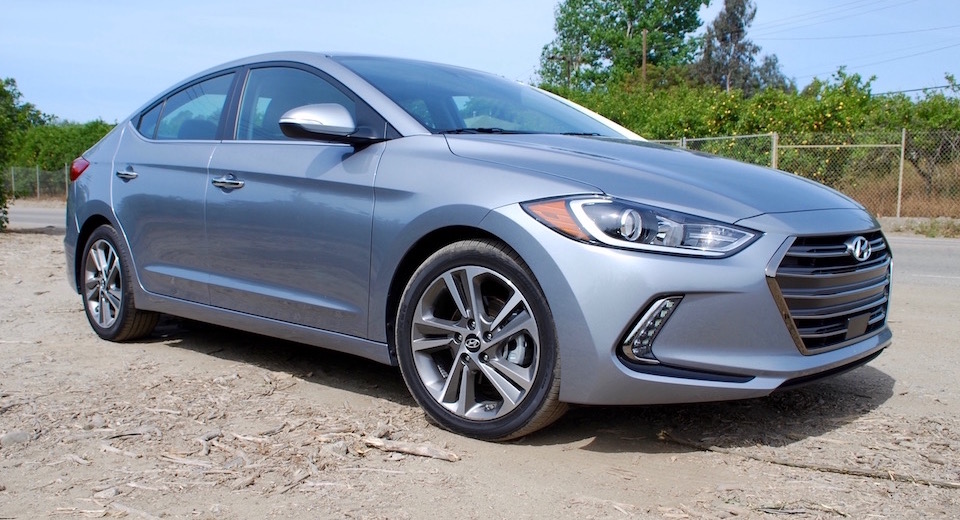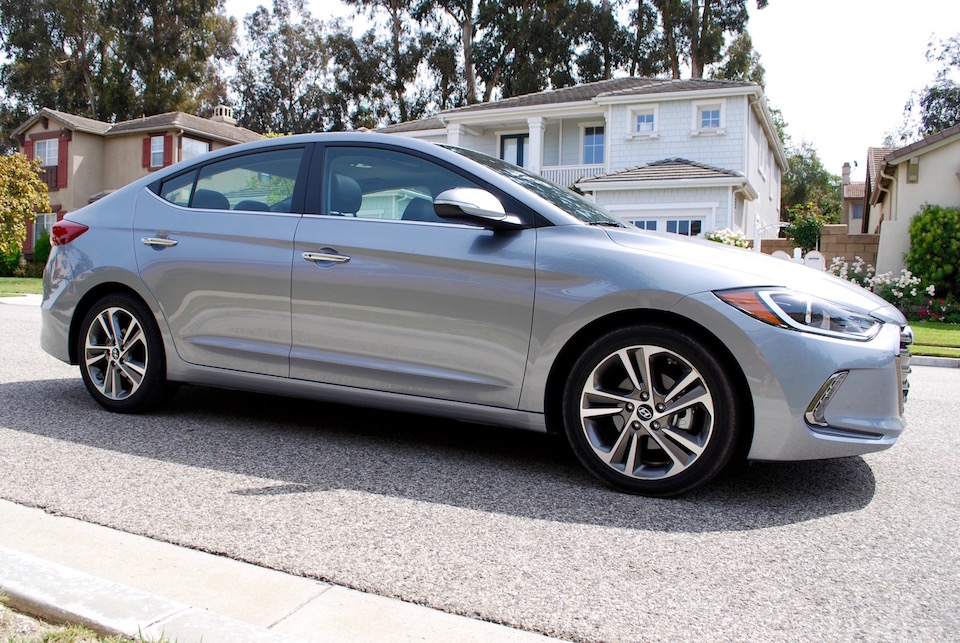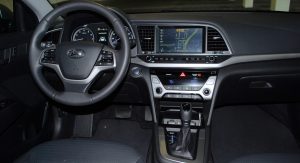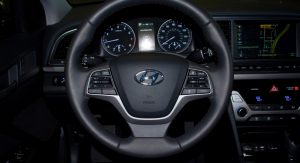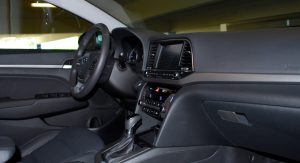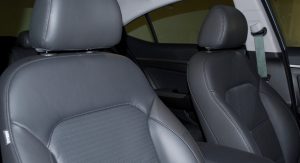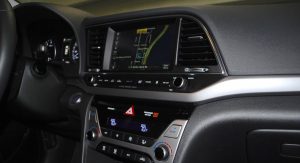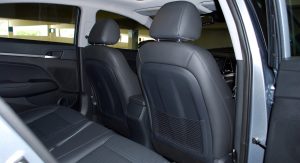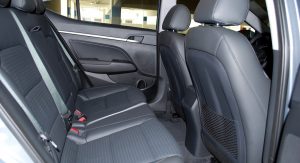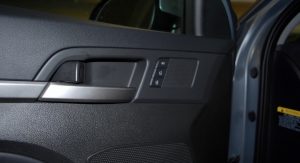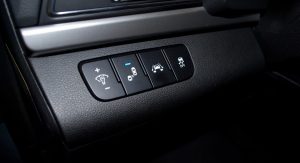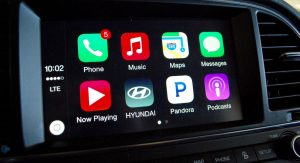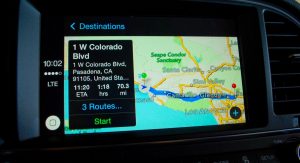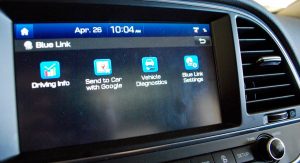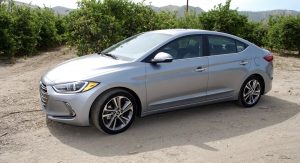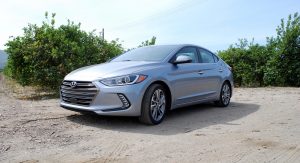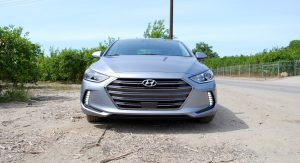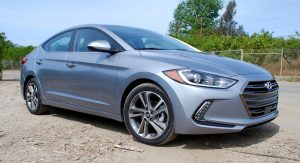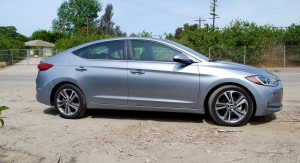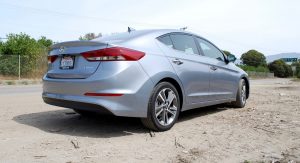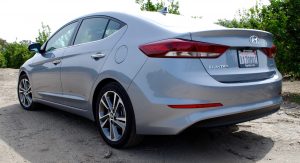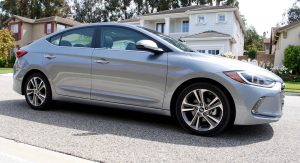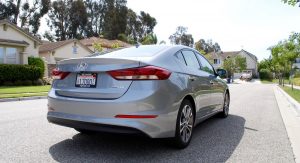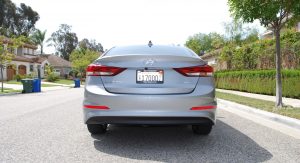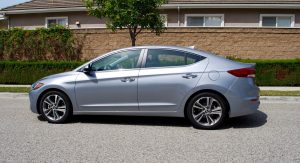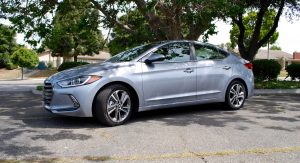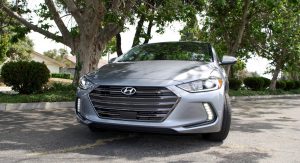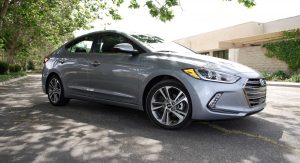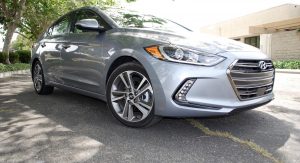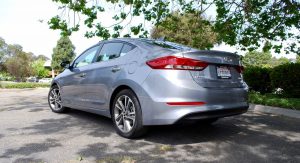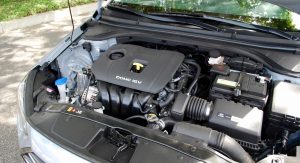Companies have long sought young buyers for their small cars as the way to catapult them into their larger and more profitable offerings as they get older.
But here’s the 2017 Hyundai Elantra, which looks grown-up because it is, more of a downsized larger Hyundai than anything else. That idea, however, extends beyond its looks. The Elantra ticks so many refinement boxes when it comes to the way it feels, drives and the stuff it offers for a mostly reasonable price.
Hyundai, however, did not build excitement here.
Straight to the point
I happen to like the way the 2015 Sonata got a more mature look over the swoopy old design that aged poorly, but the market doesn’t appear to like the more anonymous profile.
It’s basically the same story with the 2017 Elantra, with straighter lines where exaggerated curves used to be. The crisper suit it now dons makes it look more expensive and professional, something that runs against more adventurous recent designs from Honda, Mazda and even Toyota. Apart from the Volkswagen Jetta, the Elantra is the one of the only compact sedans right now that doesn’t pander that much to current trends.
Perhaps following designs from the Germans, the Elantra appears well-detailed for the price, at least on this top-line Limited model. Neither the lights, grille, nor wheels are particularly attention-grabbing, but they are attractive. Some call it bland, I think it will age well.
Hey, you’re not young forever.

Flash distractions
My father once drove a Lexus LS400 back in 1989 and continues to this day to marvel at how many gadgets were on that car. Then I picked him up one day in this Elantra and we were both surprised about how many things have trickled down to the compact sedan of 2016.
Namely, the Elantra Limited offers two memory settings for the power driver’s seat, with the seat even gliding back when you turn off the car to ease exits. That’s a rare feature in just about any mainstream car even today.
Hyundai, and Kia for that matter, are succeeding at introducing competent technology throughout their range and the 2017 Elantra is the benefactor of features such as Apple CarPlay run through an easy-to-use touchscreen.
The Elantra Limited also offers the Ultimate Package that bundles adaptive cruise control and lane keep assist. It’s nice that it’s one of the compact sedans now offering this technology, but the Elantra’s system is far more rough in execution that the one I used on a Genesis last year, and it lacks stop-and-go assist which I only discovered when the cruise control called it quits in stop-and-go traffic. Still, systems on the Honda Civic and Mazda 3 aren’t noticeably more sophisticated.
But most Elantras don’t get all of this tech and yet all get an interior covered in basic plastics and unimaginative design. That does mean, however, controls are extremely straightforward and well-placed. Naturally, there are other niceties like dual-zone climate controls and nearly everyone can have their butt heated at the push of a button. And suddenly the plastics don’t matter so much.
If there’s one area in particular the Elantra will fail to bowl anyone over, it’s in the way it drives. That’s not to say it’s particularly bad in any area, but it’s more competent than compelling.
There’s a soft ride that isn’t floaty, steering that’s no more numb than the norm of the class but still allows you to get around corners with reasonable confidence.
Too bad the engine is stuck in the dark ages. Most 2017 Elantras get a 1.8-liter four-cylinder with 140 horsepower, the vast majority also being paired to a six-speed automatic. As a device for moving the car from a stop to 60-or-so mph, the engine and transmission work just fine. But power delivery is lazy and somewhat noisy. At around 45 mph, it’s as if the engine asks if you really want to go faster before it goes searching for another gear.
It doesn’t redeem with particularly impressive fuel economy, as I could never muster much more than 33 in highway driving. A Civic with its 1.5-liter turbocharged four and another 30 horsepower easily knocks on the door of 40 mpg.
I haven’t driven either, but I suspect both the Elantra Eco (with a 1.4-liter turbo) or the recently announced Elantra Sport (obviously, 200 turbocharged horses and independent rear suspension will help driving dynamics) will solve the engine problem and, in the Eco’s case, the fuel economy gap.
Both also represent why the turbo four is the future mainstream engine in this category. And today, the Elantra is stuck in the past in this regard.
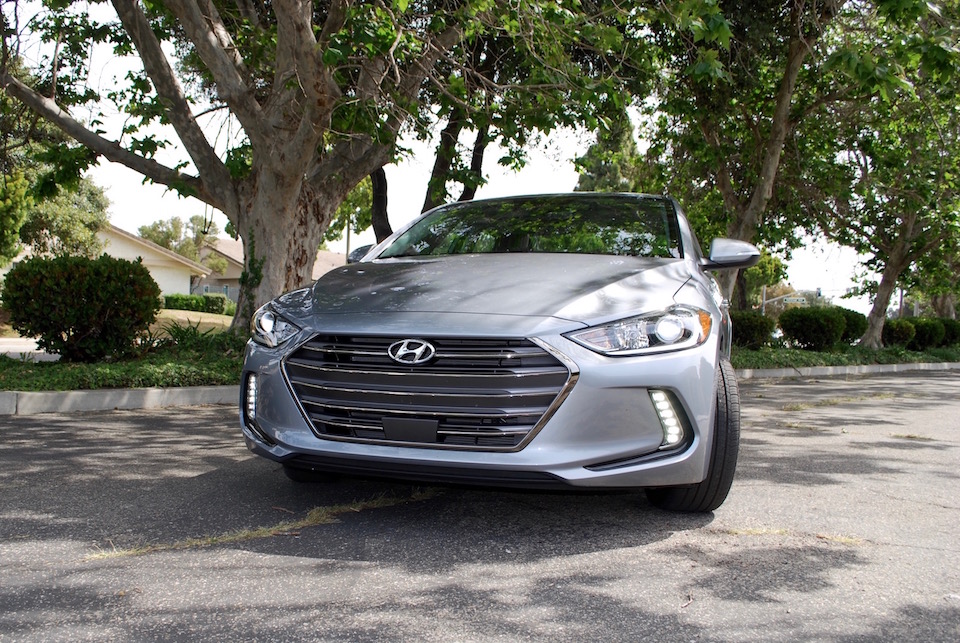
Master of none
A base Elantra SE, for around $19,000, is a lot of car for the money. The Elantra is very accomplished and, aside from a power deficit, is very grown-up.
For the $27,585 asking price of this loaded Elantra Touring, however, you’re getting a lot of toys in exchange for that extra helping of refinement the best midsize sedans still offer over this. The base engine should be stronger (or offer better fuel economy) and similarly priced rivals prove the interior plastics don’t have to be this scratchy in this class.
But there’s no denying how right this car feels. Aside from the two demerits mentioned above, the Elantra strikes the right notes for a good car, let alone a good compact car. Instead of being a stepping stone to bigger and better things, you could be perfectly content with it for years to come.
Interestingly, though, the Elantra has sort of become a Corolla from the 1990s, with an unexpected level of comfort and features in the class and an unwillingness to give into what the kids want these days. Ten years from now, will the Civic’s light designs still look good? Will the Mazda’s swoops and curves still be seductive? Will the current Toyota Corolla’s face hold up?
The Elantra wants to stand the test of time.
Photos: Zac Estrada/Carscoops



